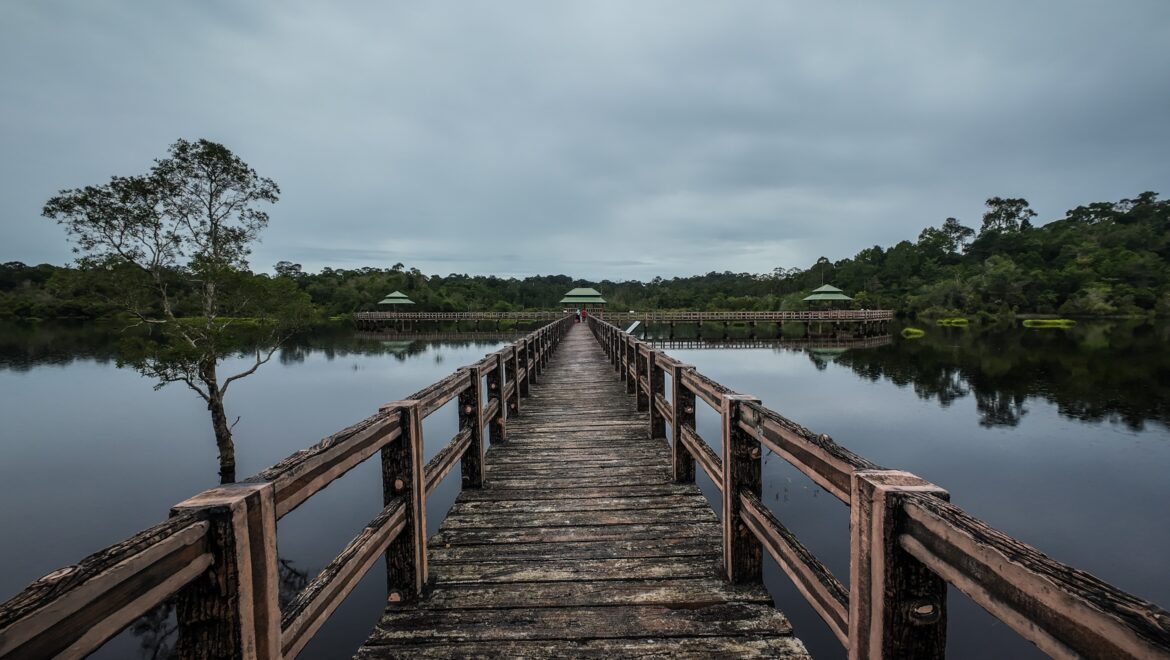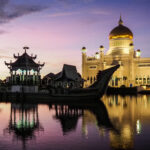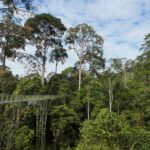Nestled on the lush northern coast of Borneo, Brunei Darussalam is an interesting place often overshadowed by its larger Southeast Asian neighbours. This small nation offers a unique blend of opulent history, rich cultural heritage, and pristine natural beauty. Governed by one of the world’s last remaining absolute monarchies, Brunei stands out with its harmonious blend of traditional Malay customs and Islamic principles, seamlessly woven into the fabric of modern life. From the grandeur of the Sultan Omar Ali Saifuddien Mosque to the serene waters of Kampong Ayer, and the untouched wilderness of Ulu Temburong National Park, Brunei promises an adventurous journey!
A brief history
The area now known as Bandar Seri Begawan was historically a centre of power for the Bruneian Empire, which reached its peak in the 15th and 16th centuries. It was a vital trading hub in Southeast Asia, engaging in commerce with China, the Malay Peninsula, and other regions. Brunei was well known for its rich sources of exotic jungle and sea products like camphor, spices, agarwood, lakawood, resins, sago, birds’ next, wax, honey, tortoise and turtle shell as well as its pearls.
Early settlements in the area were part of Kampong Ayer, a historic water village along the Brunei River. This area has been inhabited for over a thousand years.
The reign of Sultan Bolkiah (1485 – 1524) was known as the golden age of Brunei. During his reign, the sultanate not only covered the entire Borneo Island but even reached as far as Luzon in the Philippines. Its importance further grew when Malacca fell into the hands of the Portuguese in 1511.

In the late 19th century, Brunei became a British protectorate. During this period, the capital, then known as Brunei Town, saw infrastructural developments, although it remained relatively small and traditional.
The town was occupied by Japanese forces from 1941 to 1945. During this time, much of the town was destroyed by Allied bombing, necessitating significant post-war reconstruction.
After World War II, Brunei Town underwent substantial rebuilding and modernization. In 1970, it was officially renamed Bandar Seri Begawan in honour of Sultan Omar Ali Saifuddien III, who abdicated in 1967 but was instrumental in the country’s modernization efforts.
The discovery of oil and natural gas significantly boosted Brunei’s economy in the mid-20th century, leading to rapid urban development. The city developed modern infrastructure, including roads, buildings, and public amenities. Despite modernization, Bandar Seri Begawan has maintained its cultural heritage, particularly in Kampong Ayer, where traditional stilt houses are preserved.
How to get to Brunei?
To get to Brunei, you can consider the following options:
By Air
The fastest and most convenient way to reach Brunei is by flying. Needless to say, it’s also the most expensive option, even if you take a short flight from Kota Kinabalu.
By Land
Travelling by land is possible if you’re coming from neighbouring Malaysia. There are bus services from Miri or Limbang in Sarawak and Kota Kinabalu in Sabah. This journey from Kota Kinabalu can be even 10 hours long and involves crossing the border 4 times so get your passport ready for plenty of new stamps.
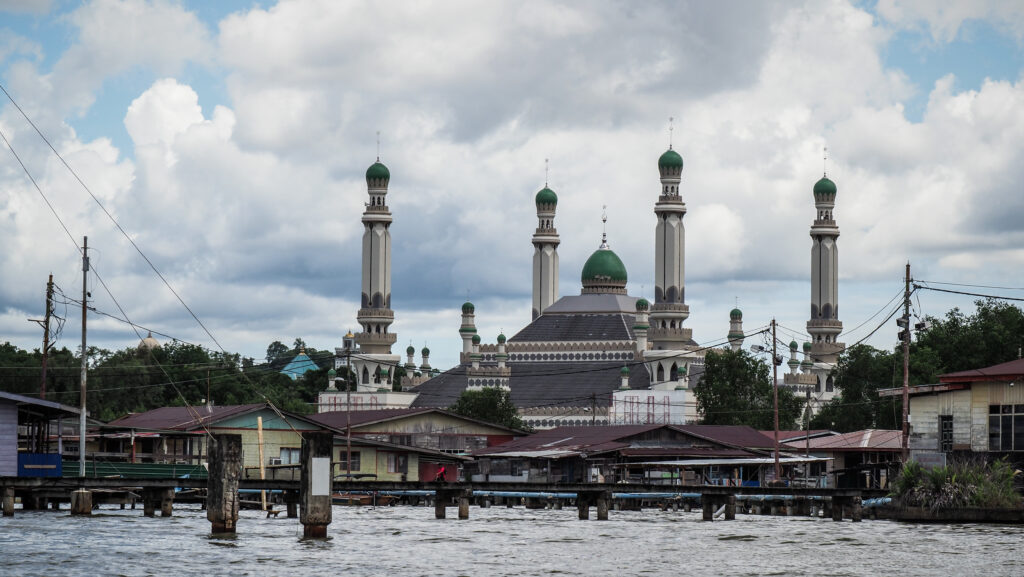
By Sea
Ferries operate between Labuan, a Malaysian island, and Muara, Brunei’s main port. The ferry ride takes about 1.5 to 2 hours. Check the schedule beforehand as the connections aren’t daily.
For ticket booking, visit Easybook or 12Go.Asia
When to go?
The best time to visit Brunei is during the dry season, typically from January to May. During these months, the weather is generally warm and less humid, with lower rain chances, making it ideal for outdoor activities and sightseeing. In other months you can expect higher humidity and more rain but still, you will have no problems with getting around.
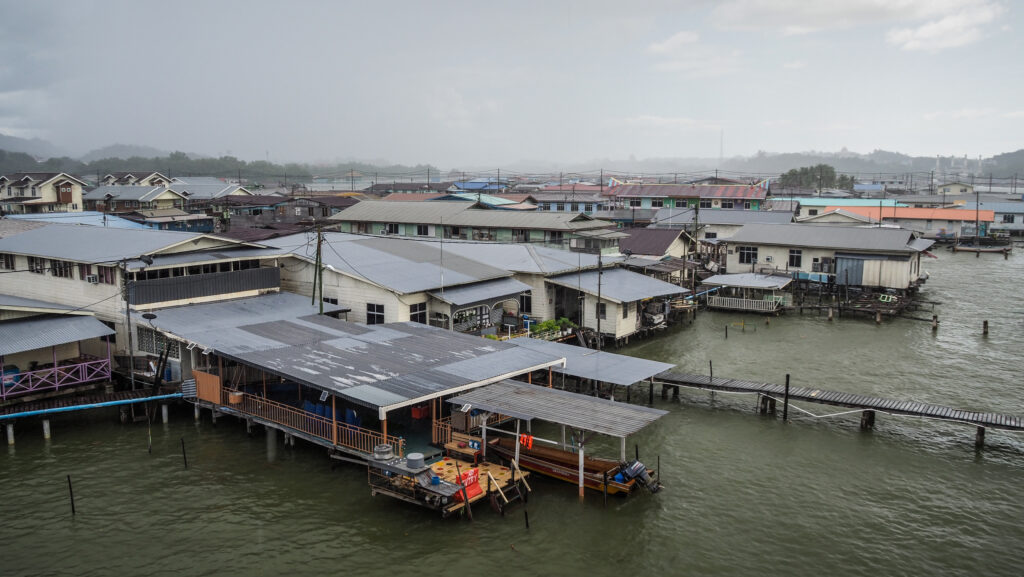
Where to stay?
I stayed 3 nights in a private single room at Co. Living Hostel Bandar. The bathroom was shared and clean but unfortunately only one for the whole hostel. The internet was really fast and there was a small desk in the room, making it perfect for online work. The location is within walking distance of the waterfront and Omar Ali Saifuddien Mosque.
For the last 2 nights, I moved to EZ Lodgings. There were 2 shared bathrooms and the room was quite spacious. The location is near The Gadong Mall and the main tourist attractions are within 10 minutes taxi ride.
You will find much more options on Agoda than on Booking.com
How to get around?
To visit attractions located outside of Bandar Seri Begawan, you will need a rental car. I got my Toyota Vios from D.Feena for 55 BND per day + 100 BND refundable deposit. You can contact them at defeenamarketing@gmail.com or +673 877 8898 (also on Whatsapp).
What to see outside of Bandar Seri Begawan?
Ulu Temburong National Park
Established in 1991, the park spans approximately 50,000 hectares and is accessible primarily by boat, which adds to its remote and untouched allure. To get there, you need to sign up for an organized tour, something that I don’t like doing too often unless there is no other way.
Having checked different options, I selected the tour offered by Freme. They seem to have the most experience and from the price perspective, it’s the same for all operators. Unfortunately, it isn’t cheap as a day tour costs 155 BND.
I was picked up at 7:45 AM from the Gadong area and then we made a few more stops to pick up more tourists. Once everyone was on board, we left Bandar Seri Begawan and crossed Sultan Haji Omar ‘Ali Saifuddien Bridge to Temburong District.
After arrival at Freme Rainforest Lodge, we got morning tea and some snacks and soon safety briefing followed. We got life jackets and jumped on the longboat to be transported upstream to the start of the hike up to Canopy Tower.
The boat ride was nice indeed, but nothing too spectacular. Not if you have visited some other national parks in Southeast Asia before, for example, Taman Negara.
The Canopy Walkway was a bit different from other similar constructions that I have experienced in Malaysia. That one was very stable as it was all made from metal. We had to climb up on a ladder, then walk on a short bridge towards the highest point and then descend. Nice experience but again nothing super thrilling.
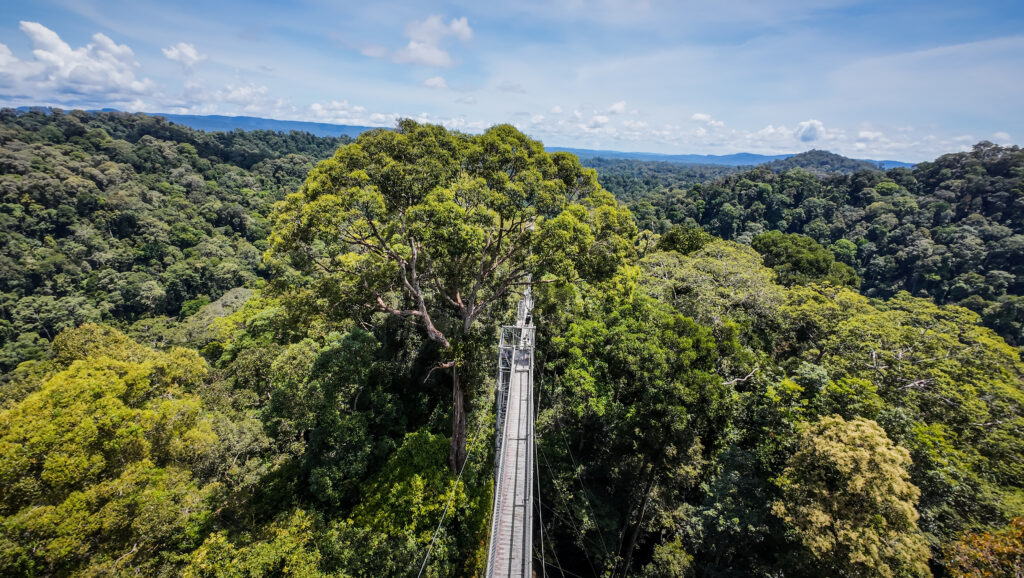
From there we went to the boat again and stopped at the waterfall. Disappointing place with little water and a small pool including a so-called “fish spa”. Once you put your feet in the water, small fish come over to nibble away your dead skin. Can be tickly! It must be an attraction if you do it for the first time, but I have already experienced it in Thailand, Sri Lanka and many other places in the region.
Then we came back to the boat again and soon were dropped out at the riverbank for the last activity. Backpacks and our shoes stayed in the boat as we jumped inside the rubber tubes and went with the river flow back to the lodge. It was probably the best part of that trip but again somewhat disappointing as it felt too short.
Some people did zip lining but for those who did tubing, it was not included in the package. Such a pity. The lunch was fine, a regular Asian buffet.
After lunch, the bus took us back to Bandar Seri Begawan and we arrived about 4 PM. Quite early for the whole day trip! Overall, everything was well organized but I had the feeling that there is a potential for more or it should be just around 50% cheaper for what it was. Not something that I would like to repeat.
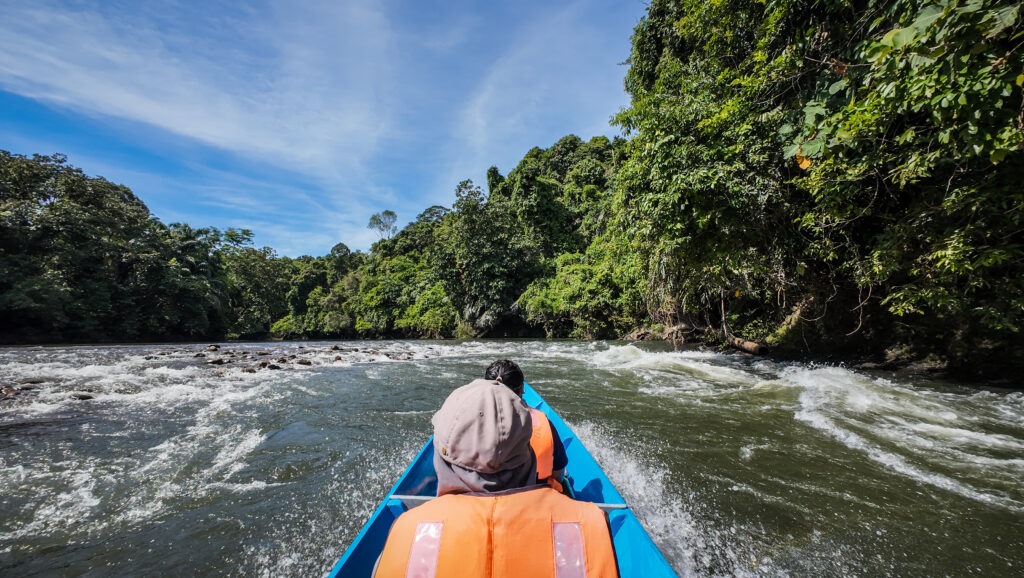
Bukit Patoi Recreational Park
The best hiking route in the Temburong area. You can make it a loop, which is about 4 kilometres long. Going up can be challenging especially in high humidity, to take lots of water! The track can be slippery, especially after rain. Frequent panels show the distance remaining to the peak.
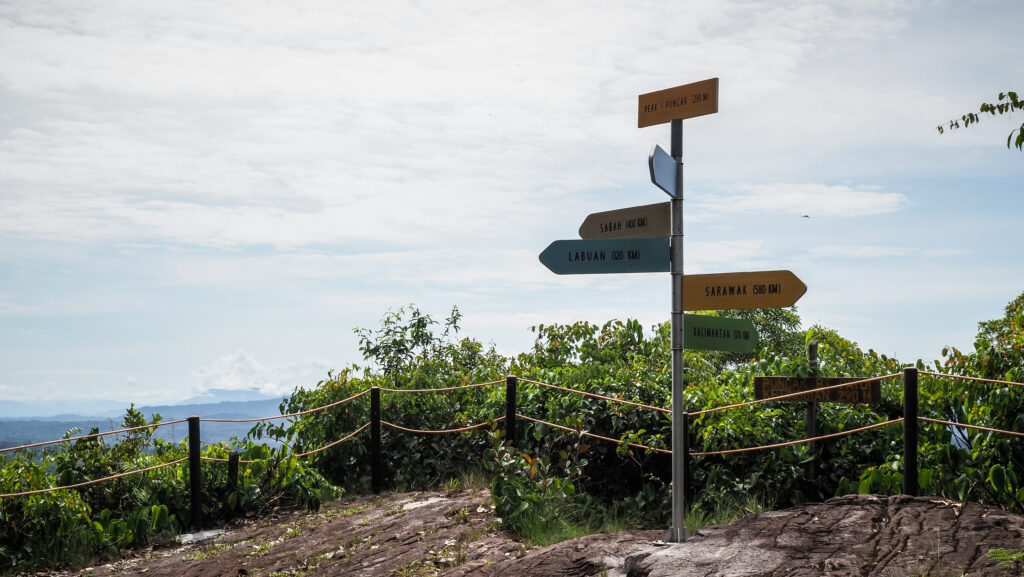
Sultan Haji Omar ‘Ali Saifuddien Bridge
This dual-carriageway bridge in Brunei links the country’s semi-exclave of Temburong with the mainland by spanning Brunei Bay. At thirty kilometres, it is the longest bridge in Southeast Asia.
The bridge’s construction began in 2014, and although it was initially scheduled to be finished and opened by the end of 2019, it opened in March 2020 instead.
The bridge was renamed the Sultan Haji Omar ‘Ali Saifuddien Bridge on July 14, 2020, the day of Sultan Haji Hassanal Bolkiah’s 74th birthday. The reason was to honour the late Sultan’s father, Sultan Haji Omar ‘Ali Saifuddien Saadul Khairi Waddien, who is largely recognized as the architect of modern Brunei.
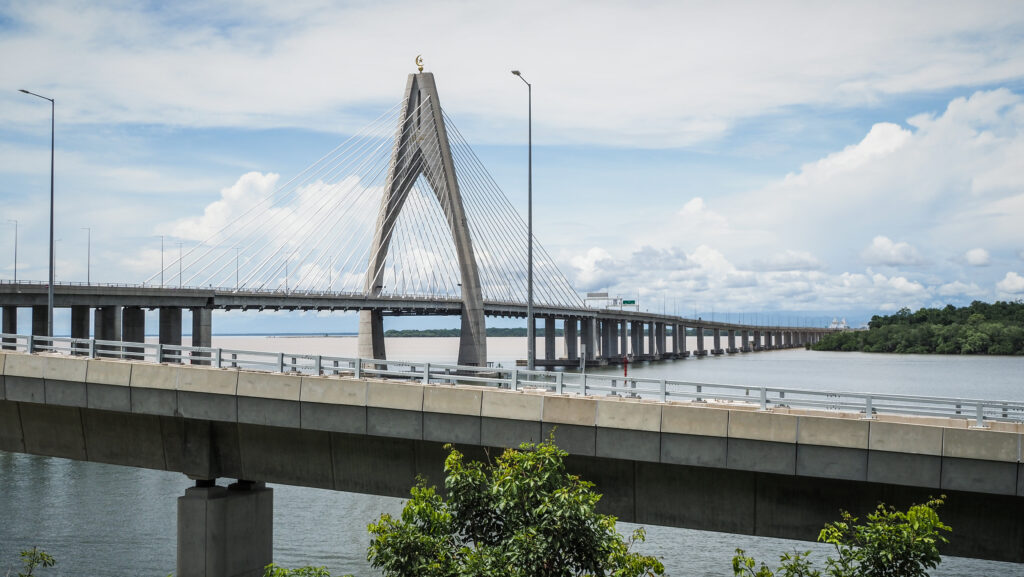
Muara Beach and Meragang Beach
The popular weekend getaway at Muara Beach Recreational Park is well-liked by locals. It is a nice beach, but like many beaches in Borneo, it is covered in driftwood and other floating debris from the sea. Picnic tables are available.
Meragang Beach is located further to the west. There is a parking and some street vendors near where the Meragang River flows into the South China Sea. The sandflies can be a problem, so spray yourself with insect repellent before going to the beach.
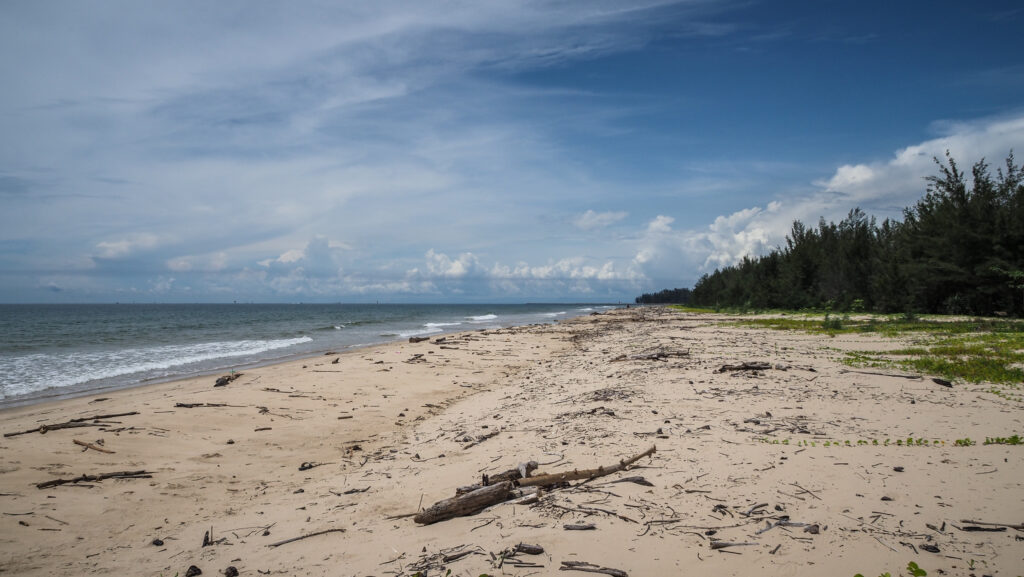
Taman Warisan Tasek Merimbun
The largest lake in Brunei, which is home to a diverse range of birds. Nice place but seems to be quite run down. There is a short concrete walkway along its bank.
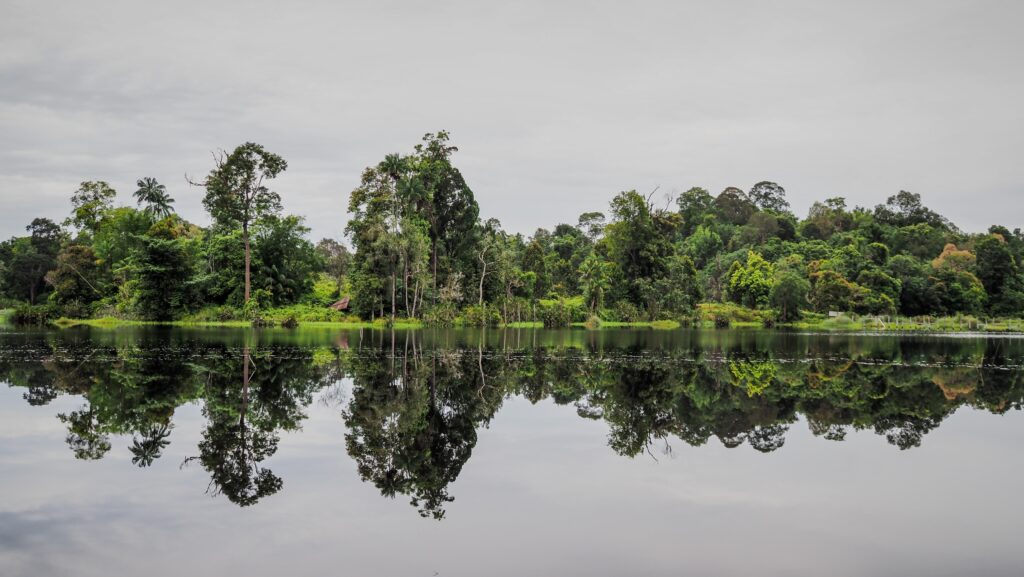
Lalak Lake National Park
The area around the lake is a relaxing place good for bird watching and walking on a boardwalk. It’s quiet in the morning but you can see local people fishing in the afternoon.
Wasai Wong Kadir Recreational Park
It takes around 20 minutes to get to the waterfalls. Nothing too impressive in terms of size but the pool is big enough for a swim. The place can get busy at weekends.
Teraja Longhouse
The long house is mainly visited by those heading to two nearby waterfalls: Wasai Teraja and Wasai Belulok. You will pay a few dollars for parking and a few more to look around the house. There are lots of historical photos and small locally-made crafts to purchase.
Wasai Teraja (waterfall)
The trail starts just behind the longhouse and it’s a nice short jungle trek. You will need to cross the river a few times before reaching the waterfall. The whole journey is about 45 minutes one way.
Wasai Belulok (waterfall)
Challenging trek and the path is sometimes hard to find. However, after reaching there, most probably you will have the waterfall all to yourself. The journey takes around 40 minutes one way. Be careful not to get lost!
Billionth Barrel Monument
The monument was built in 1991 and commemorates the billionth barrel of oil produced in the onshore oil field in Seria.
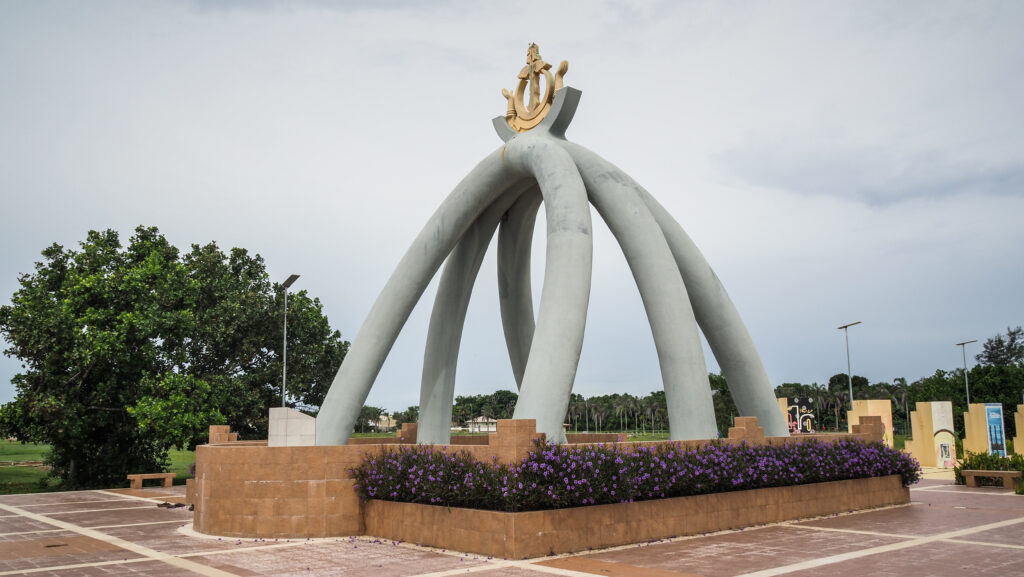
Seria Energy Lab
An interactive exhibition about the oil & gas industry managed by Brunei Shell Petroleum. They have lots of activities for children. Unfortunately, as of May 2024, it is closed for renovation without any clear information on when it is going to reopen.
Masjid Kampong Pandan
The mosque was opened in 1996 and can hold up to 1,100 individuals in single assemblage.
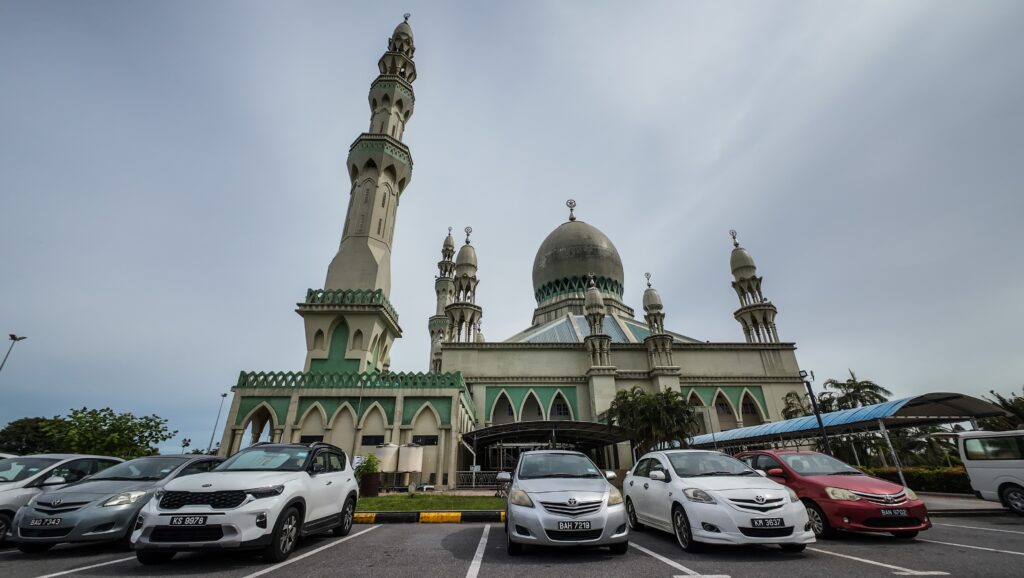
Pantai Ku Ceria (KB Beach)
Another mediocre beach in Brunei, however, if you are looking for one, it’s still better than many others.

